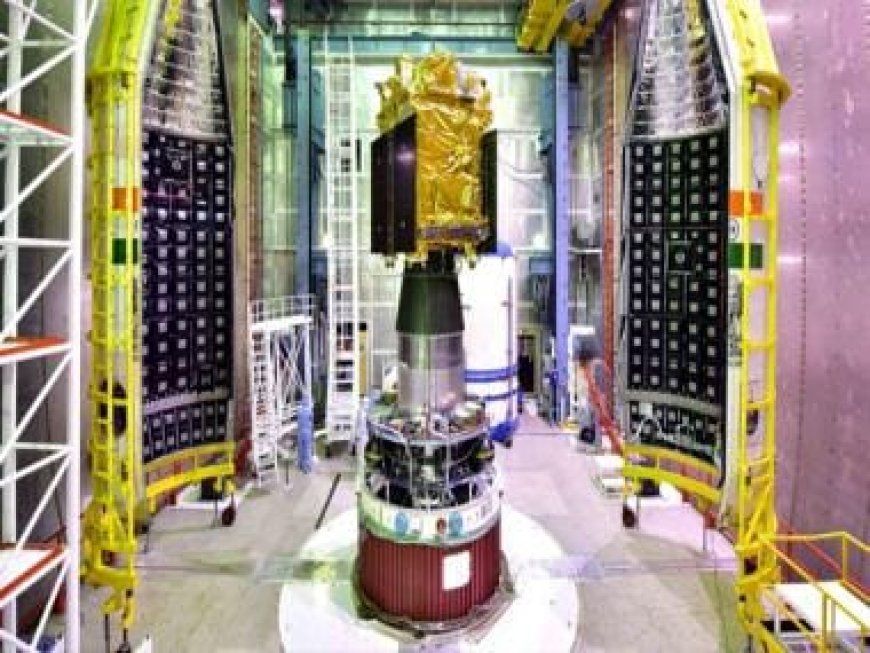Treasure Trove: Aditya-L1’s main payload will collect tons of data, share over 1,440 photos daily
Treasure Trove: Aditya-L1’s main payload will collect tons of data, share over 1,440 photos daily

The Aditya-L1 solar observatory is all set to be launched on board the PSLV-C57 rocket tomorrow, from Sriharikota. Once it reaches its destination, the Lagrange Point 1 or L1 as it is also known, the observatory will get to work, and collect an immense trove of data from the sun, on a daily basis. The Aditya-L1 is expected to start collecting and transmitting data from January 2024.
As per a report by the Hindu, just the main instrument on board the Aditya-L1 observatory, which is called the Visible Emission Line Coronagraph or VELC, will transmit a total of 1,440 ultra-high-resolution images of the sun every day to ISRO’s ground stations.
VELC, the main instrument on board
Developed by the Indian Institute of Astrophysics (IIA) located in Bengaluru, the Visible Emission Line Coronagraph (VELC) possesses the capability to consistently observe the sun’s corona from a significant vantage point known as Lagrange point 1 (L1), positioned approximately 1.5 million km away from Earth.
According to Professor Ramesh R, principal investigator of the VELC payload, the Coronagraph has been meticulously crafted to capture an image of the sun every minute, accumulating a total of 1,440 images daily.
“With so much data, the ground segment should be ready to process these images in real time and within a turnaround time of 24 hours these should be sent back to ISRO so that the data are disseminated to the scientific community and the public,” Prof. Ramesh told The Hindu.
Enormous computing power needed
The sheer volume of data that will be gathered every day, means that ISRO and IIA, the two institutes that will be analysing and studying the data, will need enormous computing power.
Rigorous testing of all software components is underway to ensure seamless data handling, said Professor Ramesh. “All the software is being tested so that with the minimum overlap time the data from the spacecraft will be downloaded at the Indian Deep Space Network in Bylalu from where they will process the L0 data [Level 0] data and send them to the payload operations centre in the IIA which will be processed within 24 hours and sent back to the Indian Space Science Data Centre for dissemination,” said the professor.
The VELC is the most important payload on board the Aditya-L1 observatory and is being accompanied by 6 other payloads, all of which will be working round the clock for over 5 years.
What's Your Reaction?



























































